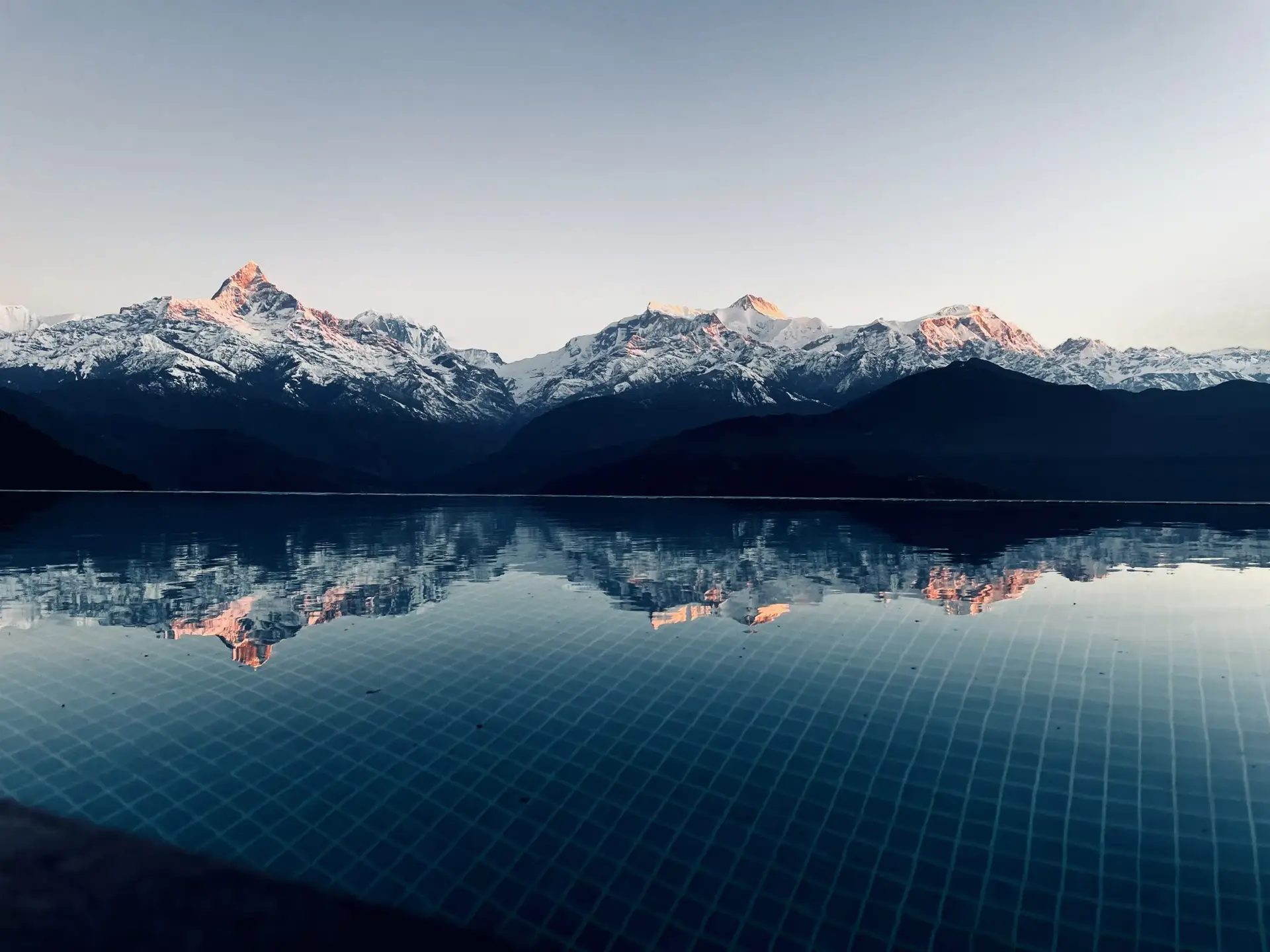“Returning home is the most difficult part of long-distance hiking; You have grown outside the puzzle and your piece no longer fits.” ― Cindy Ross, Journey on the Crest[1]
I previously wrote about assessing fitness and selecting a destination based on terrain, climate, and weather.
Wilderness Adventure: Am I Fit Enough?
Wilderness Adventure: Picking a Destination Part 1
Wilderness Adventure: Picking a Destination Part 2 (Terrain)
Wilderness Adventure: Picking a Destination Part 3 (Climate & Weather)
Now it’s time to plan your route in more detail. The main questions are:
- How far can you go each day?
- How many days will it take to complete the route?
It’s important to answer these questions with confidence. The answers determine how much food & cooking fuel you take, what locations you camp at, and how much vacation time you take. The following determine the distance you can safely hike each day.
- Average Hiking Speed
- Elevation Changes
- Amount of Daylight
The post image is the route my son and I took through the Southeast corner of Yellowstone in 2016. I used the methods described below to plan our route. The calculations are on the conservative side and worked very well. We were never at risk of hiking in the dark; camping at an unexpected location; or running out of food or fuel. On the fifth day sketchy water crossings delayed us by about three hours. Thorofare Creek wasn’t just a creek and The Yellowstone River, well you get the point. We arrived at camp much later than expected, but with plenty of daylight left.
Average Hiking Speed
Average walking speed is five kilometers per hour or 3.1 miles per hour.[2] The Naismith’s Rule[3] also estimates three miles per hour and one additional hour for every 2,000 ft. of ascent. These calculations were created in 1892. Few modifications have been made since then.
However, professional mountaineers created them for estimating expeditions. They are not accurate for the typical recreational backpacker. They are very aggressive for a new backpacker. Backpack weight, terrain, and an enjoyable pace will slow your speed by one to two miles per hour. I estimate 1.5 miles per hour on relatively flat terrain. This will vary depending on your fitness level. I assume 15 minute breaks every hour. It allows for stops to take pictures and simply enjoy nature. I also add an hour for lunch.
If you are hiking in bear country, it isn’t smart to be speed walking anyway. Bears have a sense of smell seven times that of a blood hound, but they don’t see or hear that well. It isn’t difficult to surprise a bear by moving fast and quiet, into the wind. My son and I were making good time when we surprised a black bear at about 15 to 20 yards. It was an intense five seconds until the bear decided to go the other way.
Learn your average hiking speed during training. Adjust the rule-of-thumb to match. Your speed will change as your fitness improves.
Elevation Changes
Ascents and descents will slow your average speed. Hiking downhill isn’t always faster. It can be risky to go fast on a downhill trail. You should avoid twisted ankles, hyper-extended knees, and falls when you are many miles away from medical care. Don’t make fast descents a part of your plan.
Instead of using the Naismith’s rule and adding one hour per 2,000 ft. of ascent, I add 1 hour per 1,000 ft. of ascent. I think this is more accurate, particularly, for hikers who aren’t acclimated to higher altitudes.
Amount of Daylight
Most forecasts for an area will also include the time of the sunrise and sunset for the area. However, I use www.sunrisesunset.com to generate a calendar. They even have a list of more than 100 U.S. National Park locations.

Adding It All Up
Here is an example calculation for a 12-mile day with a total elevation increase of 2,000 ft.
- 12 miles / 1.5 miles per hour = 8 hours
- 8 hours + 1 hour for lunch = 9 hours
- 9 hours + 2 hours for elevation change (2,000 feet) = 11 hours
If there are 15 hours of daylight I know roughly when I should hit the trail to beat the sunset to camp.
I create a route card in a spreadsheet. I either print it and keep it with my maps or I save a screenshot to photos on my phone. I always have the estimated duration of the day’s hike and the hours of daylight. I get my mileage and elevation changes from http://www.alltrails.com/.

What are your concerns or comments related to distance planning?
Leave a comment. Ask your questions. Join the discussion. Share with friends.
Peace,
Brian
Featured Image Source:[4]




Excellent info! Just what I need to plan my first multi-day adventure in the mountains next summer. I notice your spreadsheet doesn’t show the 15 minute break per hour, only the lunch hour. Is that already factored into your 1.5 miles/hour number?
Hi Terry,
Thanks. That is correct, the small breaks every hour or so are just baked into the 1.5 miles/hour estimate.
Peace,
Brian